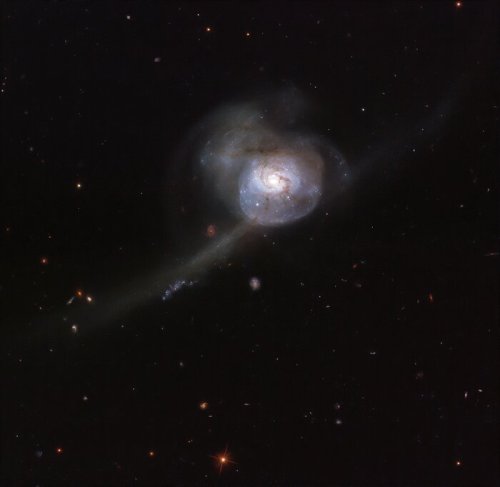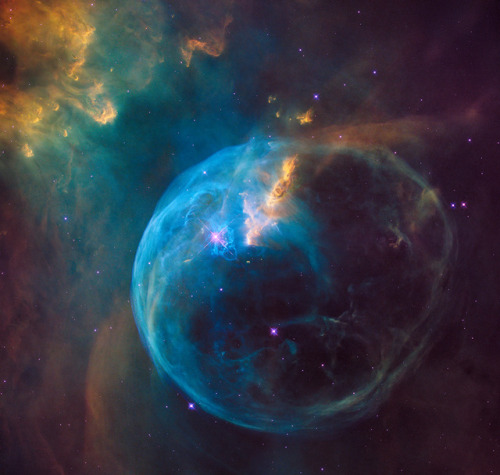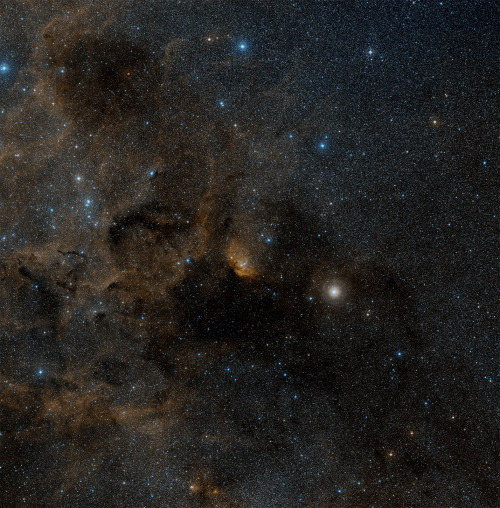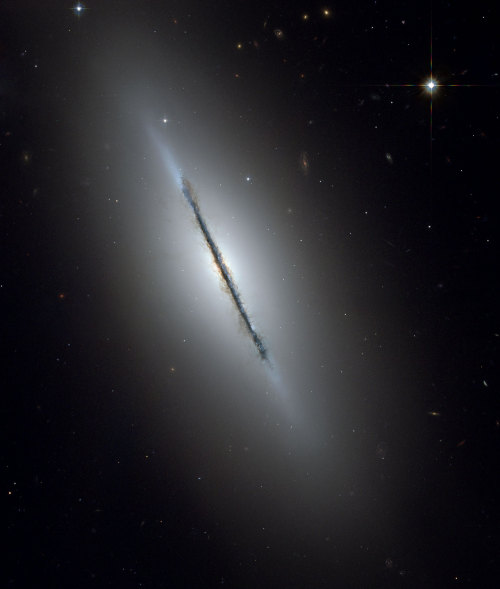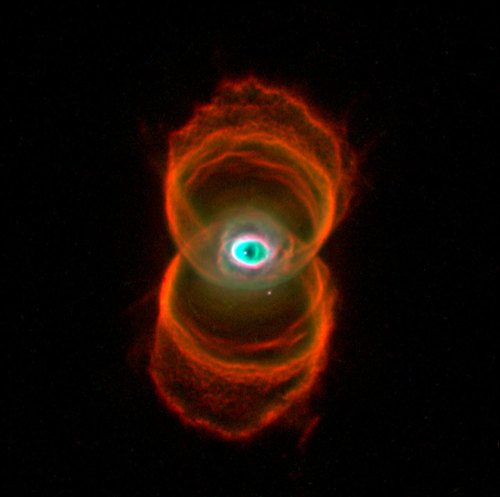#nebulosa

A giant cosmic necklace glows brightly in this Hubble Space Telescope image. The object, aptly named the Necklace Nebula, is a recently discovered planetary nebula, the glowing remains of an ordinary, Sun-like star.
Credit: NASA, ESA and the Hubble Heritage Team (STScI/AURA)

This Hubble image captures a portion of a dark nebula in the constellation Cepheus. Dark nebulae ― also called absorption nebulae ― are clouds of gas and dust that neither emit nor reflect light, instead blocking light coming from behind them. These nebulae tend to contain large amounts of dust, which allows them to absorb visible light from stars or nebulae beyond them.
Credit: NASA, ESA, T. Megeath (University of Toledo), and K. Stapelfeldt (Jet Propulsion Laboratory); Processing: Gladys Kober (NASA/Catholic University of America)

This comparison view shows puffing dust bubbles and an erupting gas shell — the final acts of a monster star.
AG Carinae is formally classified as a Luminous Blue Variable because it is hot (blue), very luminous, and variable. Such stars are quite rare because there are not many stars that are so massive. Luminous Blue Variable stars continuously lose mass in the final stages of their life, during which a significant amount of stellar material is ejected into the surrounding interstellar space, until enough mass has been lost that the star has reached a stable state.
AG Carinae is surrounded by a spectacular nebula, formed by material ejected by the star during several of its past outbursts. The nebula is approximately 10 000 years old, and the observed velocity of the gas is approximately 70 kilometres per second. While this nebula looks like a ring, it is in fact a hollow shell rich in gas and dust, the centre of which has been cleared by the powerful stellar wind travelling at roughly 200 kilometres per second.
Credits: ESA/Hubble and NASA, A. Nota, C. Britt

This image shows knots of cold, dense interstellar gas where new stars are forming. These Free-floating Evaporating Gaseous Globules (frEGGs) were first seen in Hubble’s famous 1995 image of the Eagle Nebula. Because these lumps of gas are dark, they are rarely seen by telescopes. They can be observed when the newly forming stars ignite, their intense ultraviolet radiation eroding the surrounding gas away and letting the denser, more resistant frEGGs remain. These frEGGs are located in the Northern Coalsack Nebula in the direction of Cygnus.
Credit: NASA, ESA, and R. Sahai (Jet Propulsion Laboratory); Processing: Gladys Kober (NASA/Catholic University of America)

M97: The Owl Nebula
The Owl Nebula is perched in the sky about 2,600 light-years away toward the bottom of the Big Dipper’s bowl. Also cataloged as M97, the 97th object in Messier’s well-known list, its round shape along with the placement of two large, dark “eyes” do suggest the face of a staring owl. One of the fainter objects in Messier’s catalog, the Owl Nebula is a planetary nebula, the glowing gaseous envelope shed by a dying sun-like star as it runs out of nuclear fuel.
Credit:Keith Quattrocchi

Very faint but also very large on planet Earth’s sky, a giant Squid Nebula cataloged as Ou4, and Sh2-129 also known as the Flying Bat Nebula, are both caught in this cosmic scene toward the royal constellation Cepheus.
Image Credit: Rolf Geissinger
Galassia Lenticolare NGC 5866 (Galassia Fuso)
Credits: NASA, ESA, and The Hubble Heritage Team STScI/AURA
Post link
Nebulosa Clessidra
Credits: Raghvendra Sahai and John Trauger (JPL), the WFPC2 science team, and NASA/ESA
Post link
Centaurus A by Hubble
Credits: NASA, ESA, and the Hubble Heritage (STScI/AURA)-ESA/Hubble Collaboration. Acknowledgment: R. O’Connell (University of Virginia) and the WFC3 Scientific Oversight Committee
Post link





